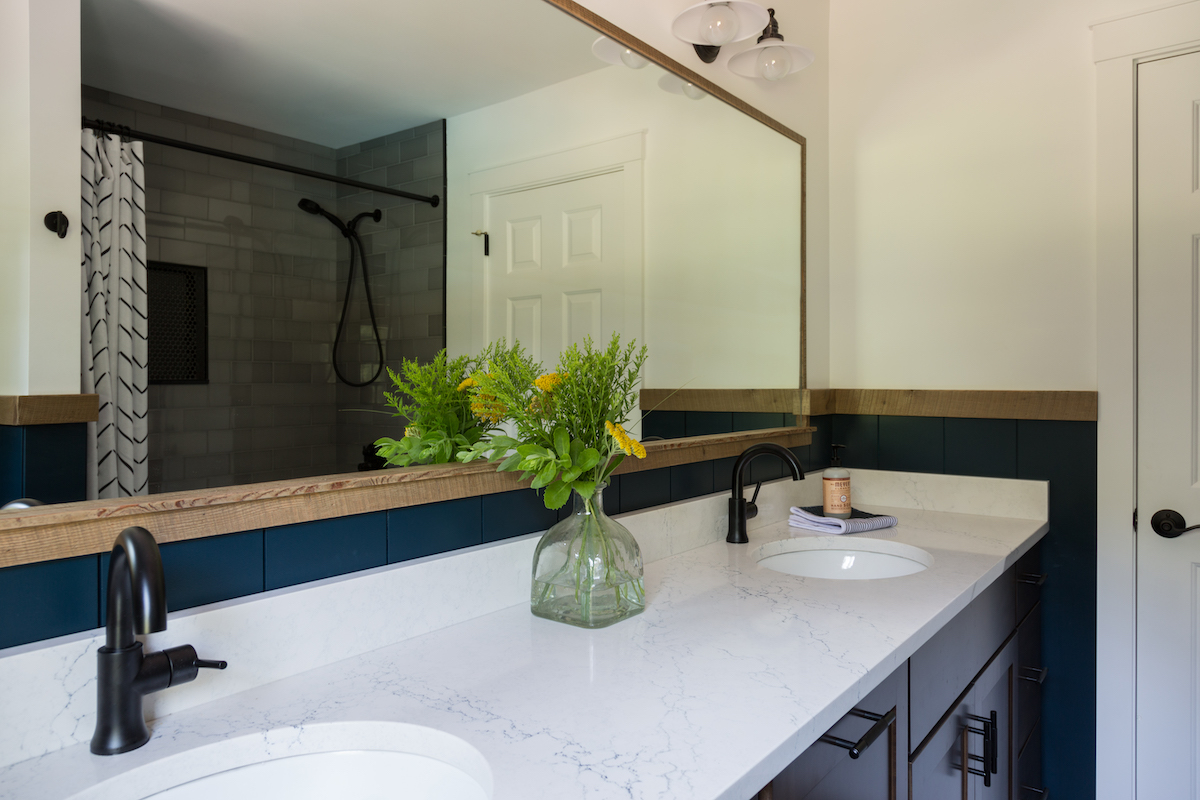Matching Living Room and Dining Room Lighting
When it comes to home design, the living room and dining room are two of the most important spaces. These rooms are where we gather with family and friends, entertain guests, and relax after a long day. And one key element that can tie these rooms together is lighting. Having matching living room and dining room lighting can create a cohesive and inviting atmosphere in your home. Let's explore the importance of matching these two spaces and how you can achieve a well-coordinated look.
How to Coordinate Living Room and Dining Room Lighting
Coordinating lighting for your living room and dining room may seem like a daunting task, but it doesn't have to be. The key is to choose fixtures that complement each other, rather than match exactly. This will add visual interest and depth to your space. For example, if you have a statement chandelier in your dining room, you can choose a smaller, complementary chandelier or pendant for your living room. This will tie the two spaces together without being too matchy-matchy.
Tips for Choosing Matching Living Room and Dining Room Lighting
When selecting lighting for your living room and dining room, it's important to consider the overall style and décor of your home. If you have a modern or contemporary home, you may want to choose sleek and minimalist fixtures for both rooms. If your home has a more traditional or rustic feel, you can opt for fixtures with more ornate details and finishes.
Another tip is to choose fixtures with similar shapes or materials. This will create a cohesive look without being too identical. For example, if you have a round chandelier in your dining room, you can choose a round pendant or flush mount for your living room to tie the two spaces together.
The Importance of Matching Living Room and Dining Room Lighting
Matching living room and dining room lighting is not just about aesthetic appeal, it also serves a practical purpose. These two rooms are often connected or open to each other, and having coordinated lighting can create a seamless flow between the two spaces. It also ensures that there is consistent lighting throughout your home, making it feel more cohesive and put-together.
How to Create a Cohesive Look with Living Room and Dining Room Lighting
Creating a cohesive look with living room and dining room lighting is all about balance. You want to have enough contrast to add interest, but not so much that it looks chaotic. One way to achieve this is by using layers of lighting. You can have a mix of overhead, ambient, and task lighting to create different levels of light in each room. This will not only add visual interest but also make the rooms more functional.
Another way to create a cohesive look is by using a similar color scheme for your lighting. This doesn't mean everything has to be the same color, but choosing fixtures with similar tones or finishes can tie the two spaces together. For example, if you have brass fixtures in your dining room, you can choose brass accents or lamps for your living room.
Choosing the Right Fixtures for Matching Living Room and Dining Room Lighting
When selecting fixtures for your living room and dining room, it's important to consider the size and scale of the rooms. You don't want a fixture that is too small or too large for the space. Generally, a chandelier should be about two-thirds the width of your dining table and hang about 30-34 inches above the table. For your living room, you can choose a similar-sized fixture for a cohesive look.
You also want to consider the function of each room. For example, your dining room lighting should be focused on the dining table, while your living room lighting can be more ambient and spread throughout the space. This will help you choose the right types of fixtures for each room.
The Dos and Don'ts of Matching Living Room and Dining Room Lighting
Here are some dos and don'ts to keep in mind when coordinating lighting for your living room and dining room:
Coordinating Living Room and Dining Room Lighting: A Step-by-Step Guide
If you're unsure of where to start when coordinating lighting for your living room and dining room, here are some steps you can follow:
The Benefits of Matching Living Room and Dining Room Lighting
Aside from creating a cohesive and visually appealing space, there are other benefits to matching living room and dining room lighting. It can improve the overall functionality of your home by providing adequate lighting for different activities. It can also make your home feel more put-together and polished, which can increase its value.
How to Incorporate Different Styles in Matching Living Room and Dining Room Lighting
If you and your partner have different styles or preferences, you can still achieve a cohesive look when coordinating living room and dining room lighting. One way to do this is by compromising and finding fixtures that have elements of both styles. You can also mix and match different styles by choosing complementary fixtures that have a similar color or shape. This will create a harmonious look while still incorporating your individual tastes.
In conclusion, matching living room and dining room lighting is an important aspect of home design. It not only adds aesthetic appeal but also serves a practical purpose. By following these tips and guidelines, you can create a cohesive and inviting space that ties your living room and dining room together. So, go ahead and choose the perfect lighting for your home!
The Importance of Coordinating Living Room and Dining Room Lighting

Creating a Cohesive Design
 When designing a home, it's important to create a cohesive and harmonious look throughout all the rooms. This includes the living room and dining room, two of the most utilized spaces in a home. One way to achieve this cohesive design is by coordinating the lighting in these rooms.
Matching
living room and dining room lighting
may seem like a small detail, but it can have a significant impact on the overall aesthetic of your home. When the lighting in these two rooms is not coordinated, it can create a disjointed and unbalanced look.
Coordinating
lighting fixtures
doesn't necessarily mean they have to be identical, but they should complement each other in style, shape, and color.
When designing a home, it's important to create a cohesive and harmonious look throughout all the rooms. This includes the living room and dining room, two of the most utilized spaces in a home. One way to achieve this cohesive design is by coordinating the lighting in these rooms.
Matching
living room and dining room lighting
may seem like a small detail, but it can have a significant impact on the overall aesthetic of your home. When the lighting in these two rooms is not coordinated, it can create a disjointed and unbalanced look.
Coordinating
lighting fixtures
doesn't necessarily mean they have to be identical, but they should complement each other in style, shape, and color.
Creating a Functional Space
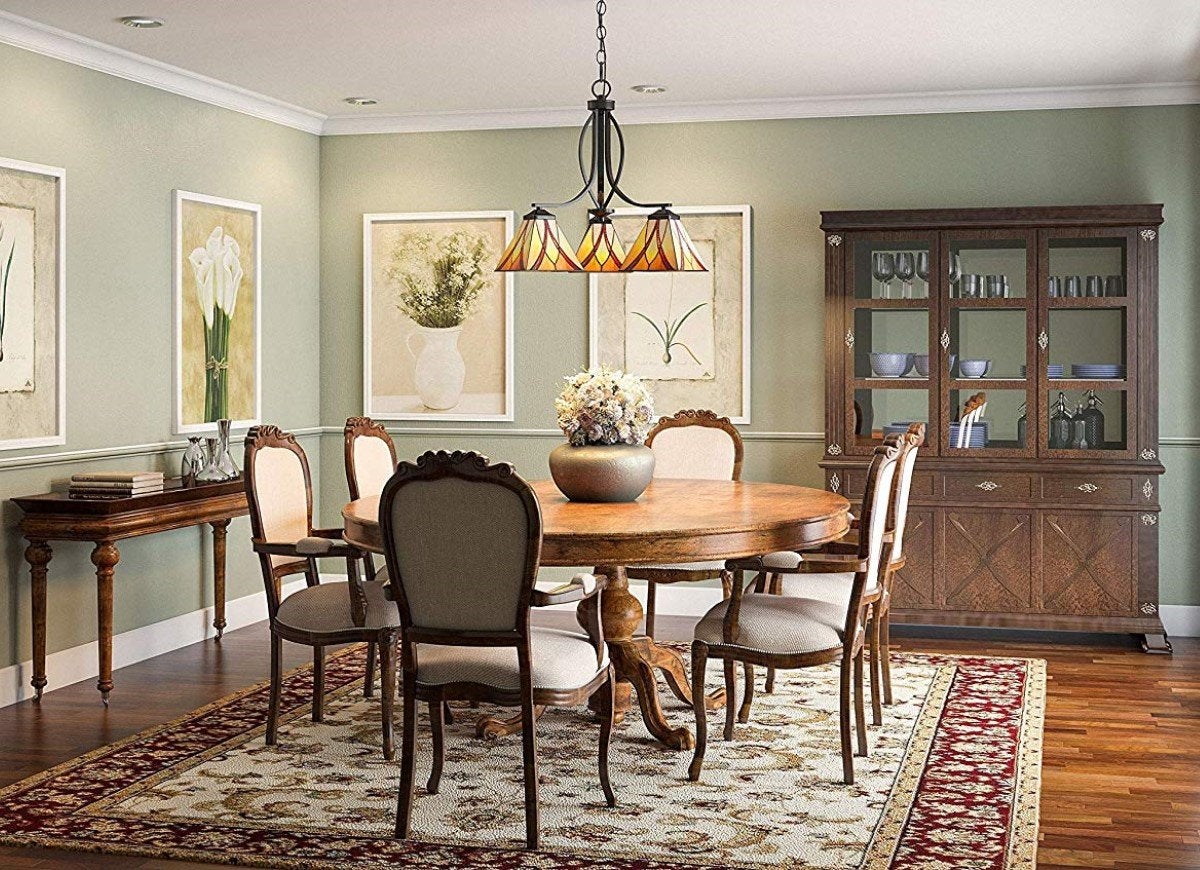 Aside from aesthetics, coordinating
lighting
in the living room and dining room also has functional benefits. These two rooms serve different purposes, and therefore, require different levels of lighting. The living room is typically a space for relaxation and entertainment, while the dining room is meant for more focused activities such as dining and conversation.
By
matching
the
lighting
in these two rooms, you can create a balanced and functional space. For example, in the living room, you may want to have softer, ambient lighting for a cozy and inviting atmosphere. In the dining room, brighter and more direct lighting is needed for tasks such as meal preparation and eating. Coordinating these lighting levels in both rooms can enhance the functionality and flow of your home.
Aside from aesthetics, coordinating
lighting
in the living room and dining room also has functional benefits. These two rooms serve different purposes, and therefore, require different levels of lighting. The living room is typically a space for relaxation and entertainment, while the dining room is meant for more focused activities such as dining and conversation.
By
matching
the
lighting
in these two rooms, you can create a balanced and functional space. For example, in the living room, you may want to have softer, ambient lighting for a cozy and inviting atmosphere. In the dining room, brighter and more direct lighting is needed for tasks such as meal preparation and eating. Coordinating these lighting levels in both rooms can enhance the functionality and flow of your home.
Increasing Property Value
 Another benefit of coordinating living room and dining room lighting is that it can increase the value of your property. When potential buyers or renters are looking at homes, they want to see a well-designed and cohesive space. A mismatched lighting design can be a turn-off and make the space feel incomplete. By coordinating the lighting in these two rooms, you can create a more attractive and appealing space, which can ultimately increase the value of your home.
In conclusion, while it may seem like a small detail, coordinating living room and dining room lighting can have a significant impact on the overall design and functionality of your home. It's important to consider the style, shape, and color of the lighting fixtures in both rooms to create a cohesive and harmonious look. This not only enhances the aesthetic appeal of your home but also increases its value. So, when designing your home, don't overlook the importance of coordinating the lighting in these two essential spaces.
Another benefit of coordinating living room and dining room lighting is that it can increase the value of your property. When potential buyers or renters are looking at homes, they want to see a well-designed and cohesive space. A mismatched lighting design can be a turn-off and make the space feel incomplete. By coordinating the lighting in these two rooms, you can create a more attractive and appealing space, which can ultimately increase the value of your home.
In conclusion, while it may seem like a small detail, coordinating living room and dining room lighting can have a significant impact on the overall design and functionality of your home. It's important to consider the style, shape, and color of the lighting fixtures in both rooms to create a cohesive and harmonious look. This not only enhances the aesthetic appeal of your home but also increases its value. So, when designing your home, don't overlook the importance of coordinating the lighting in these two essential spaces.
/dining-room-light-fixture-ideas-23-mindy-gayer-windward-55f952166a404e118d22061c51060a95.jpeg)


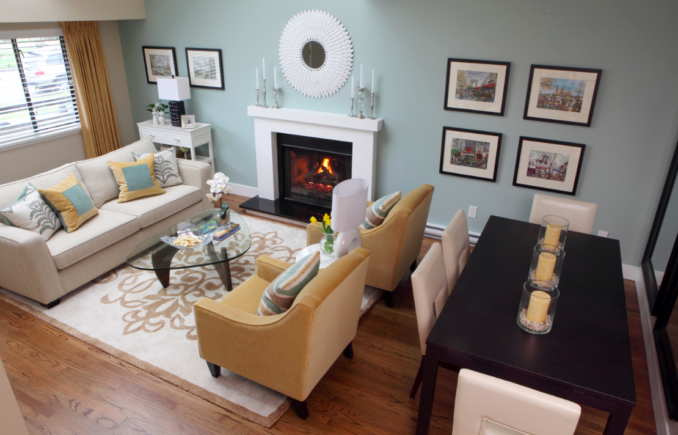
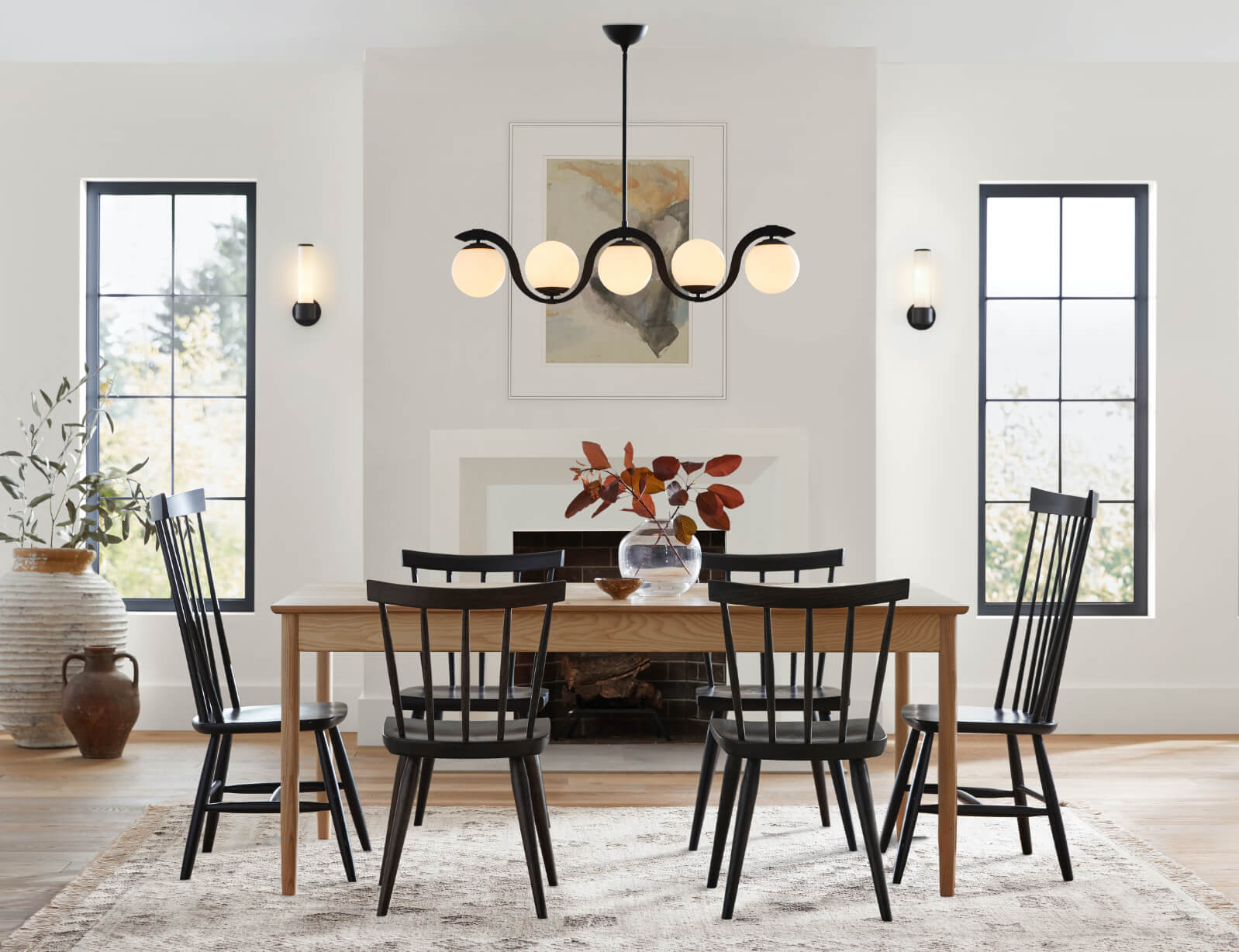
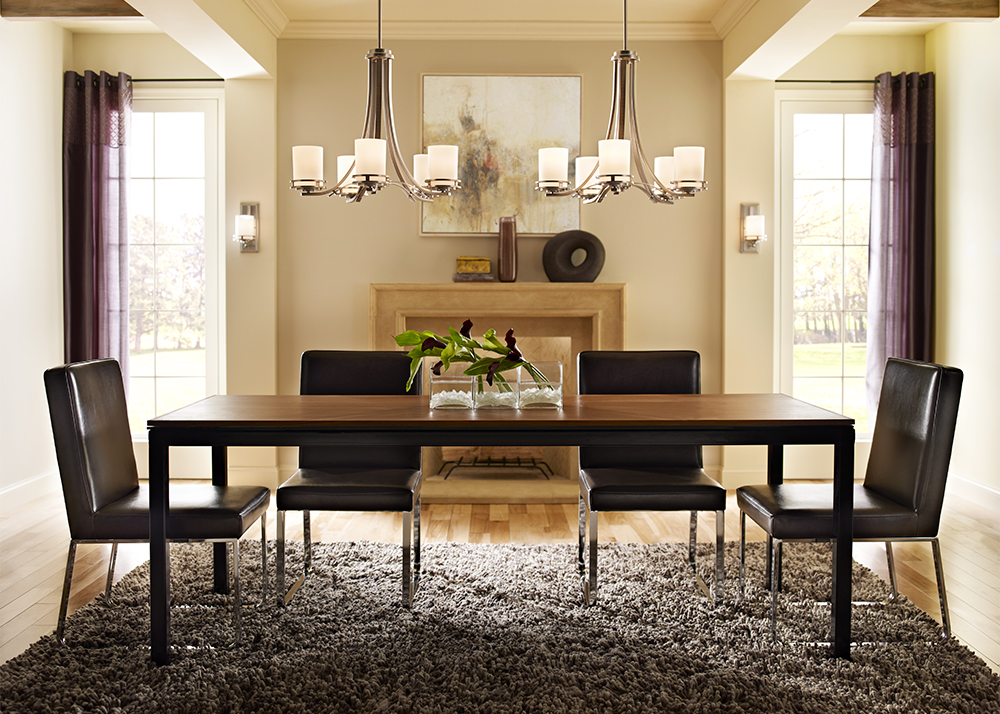
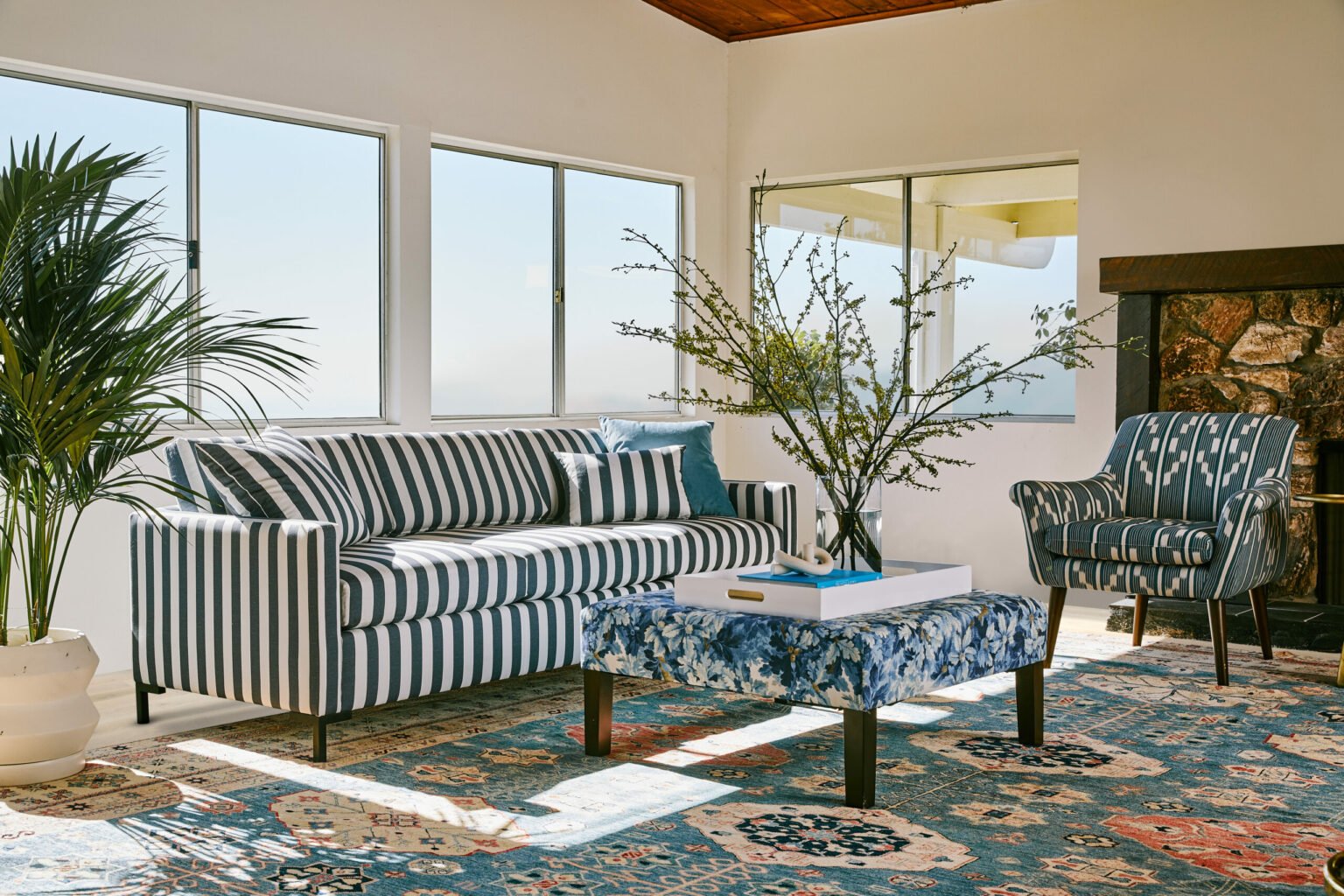

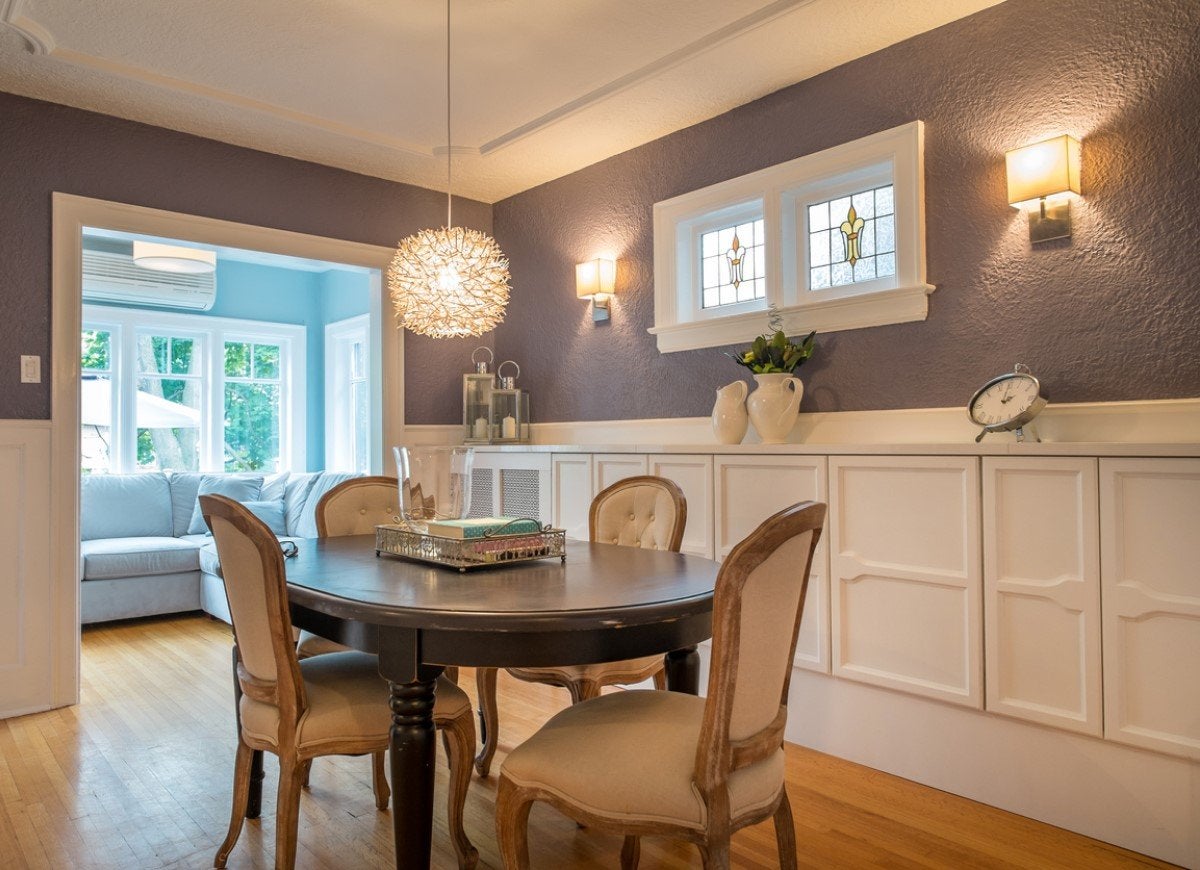
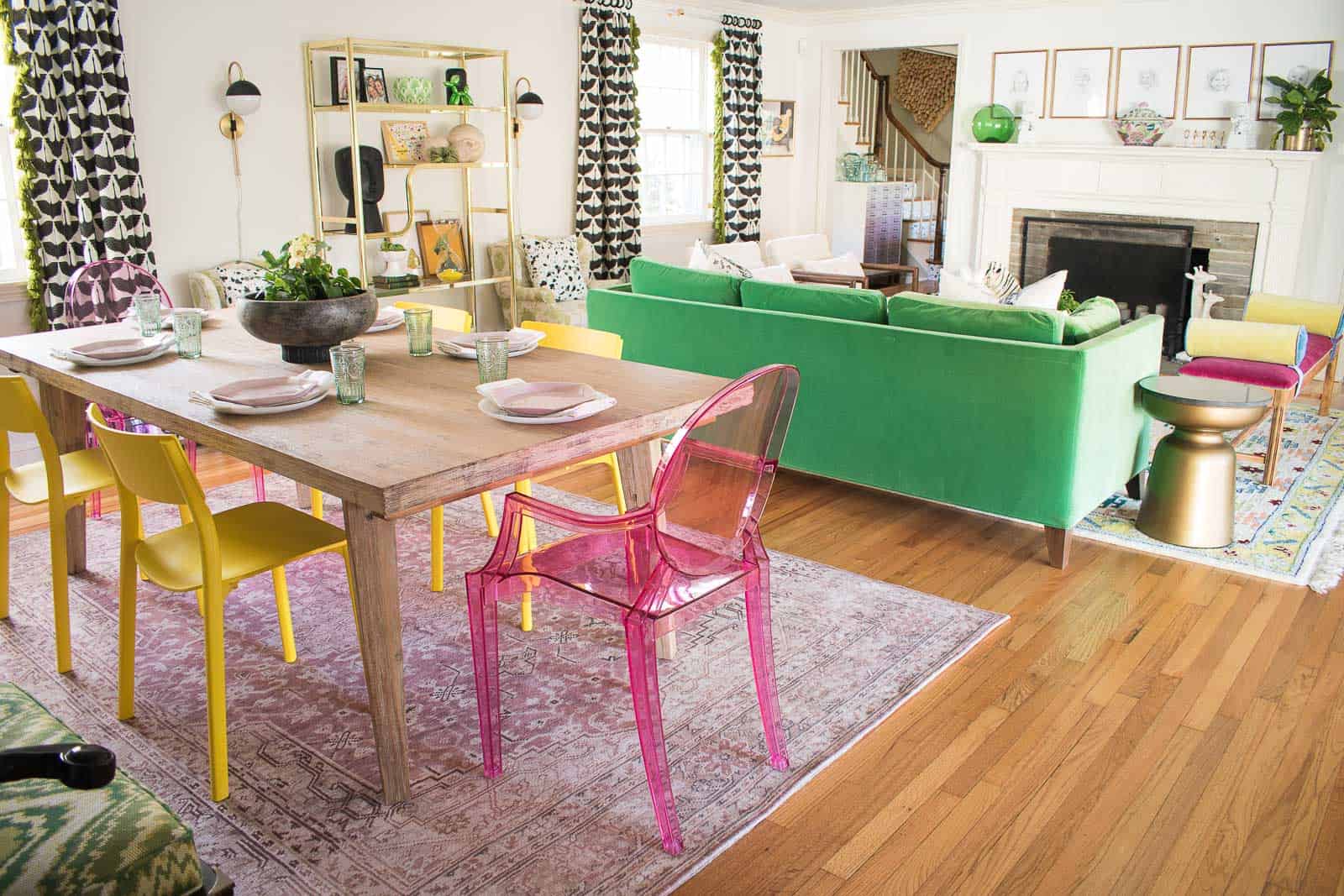






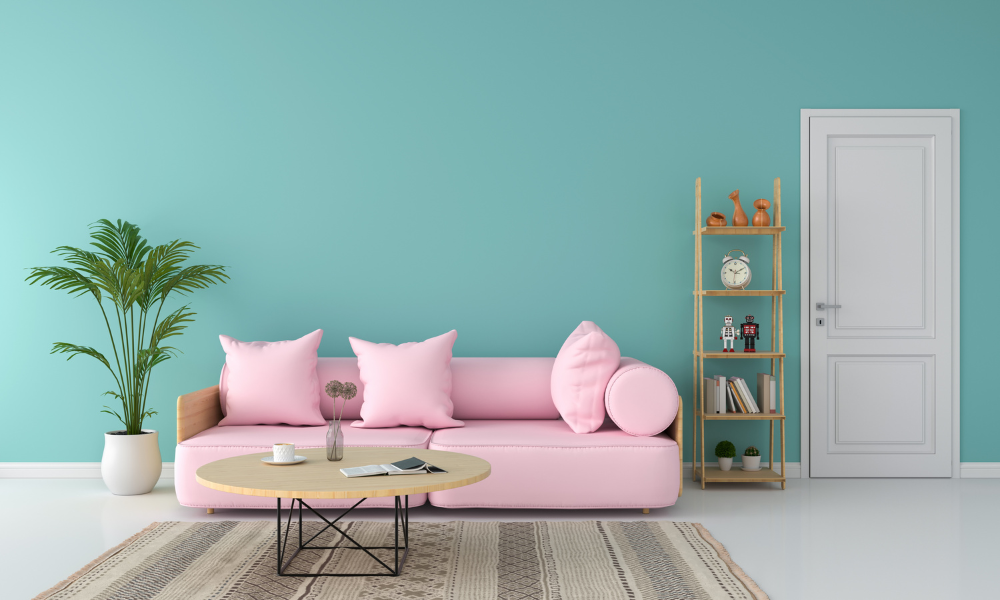



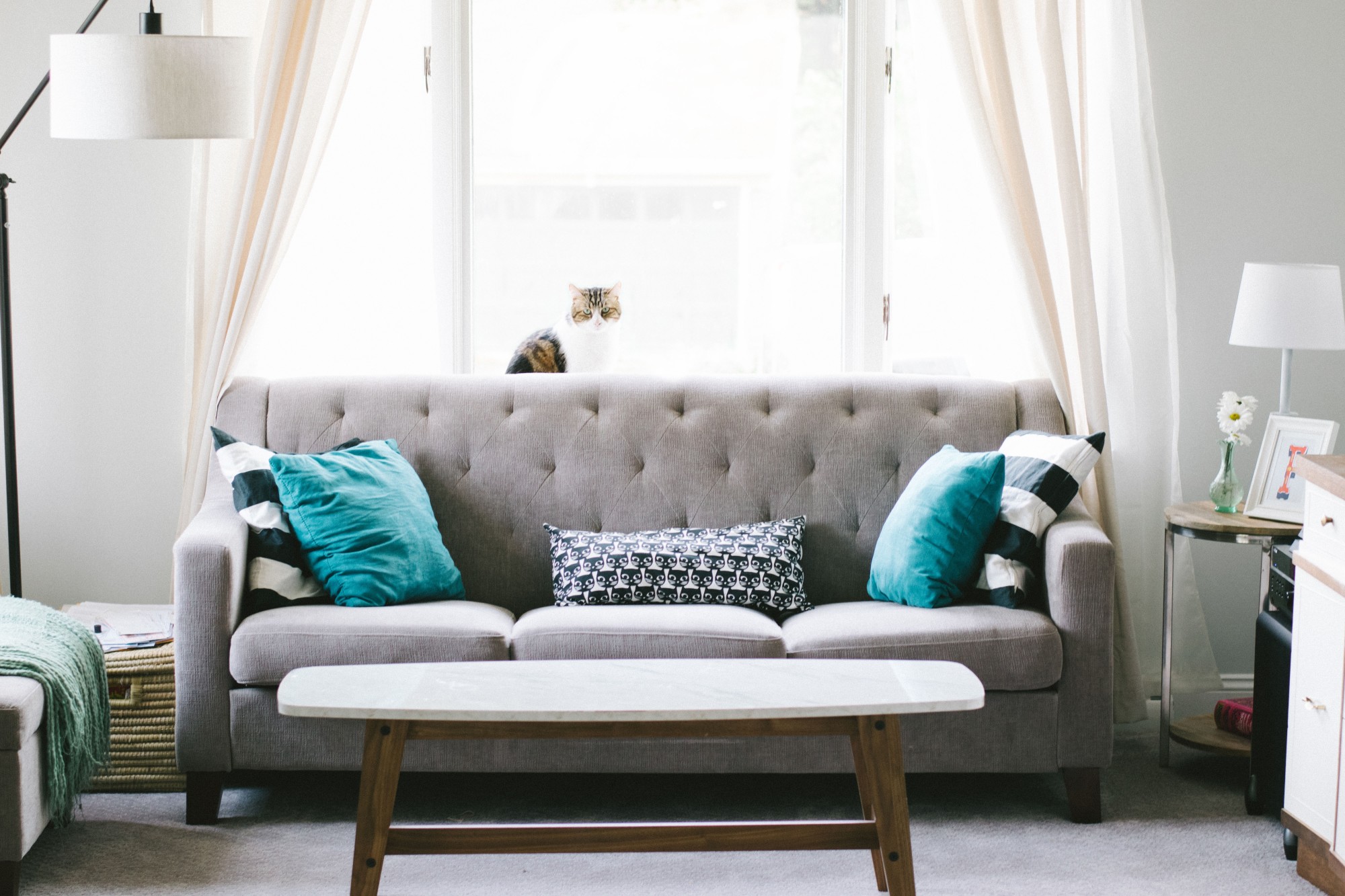


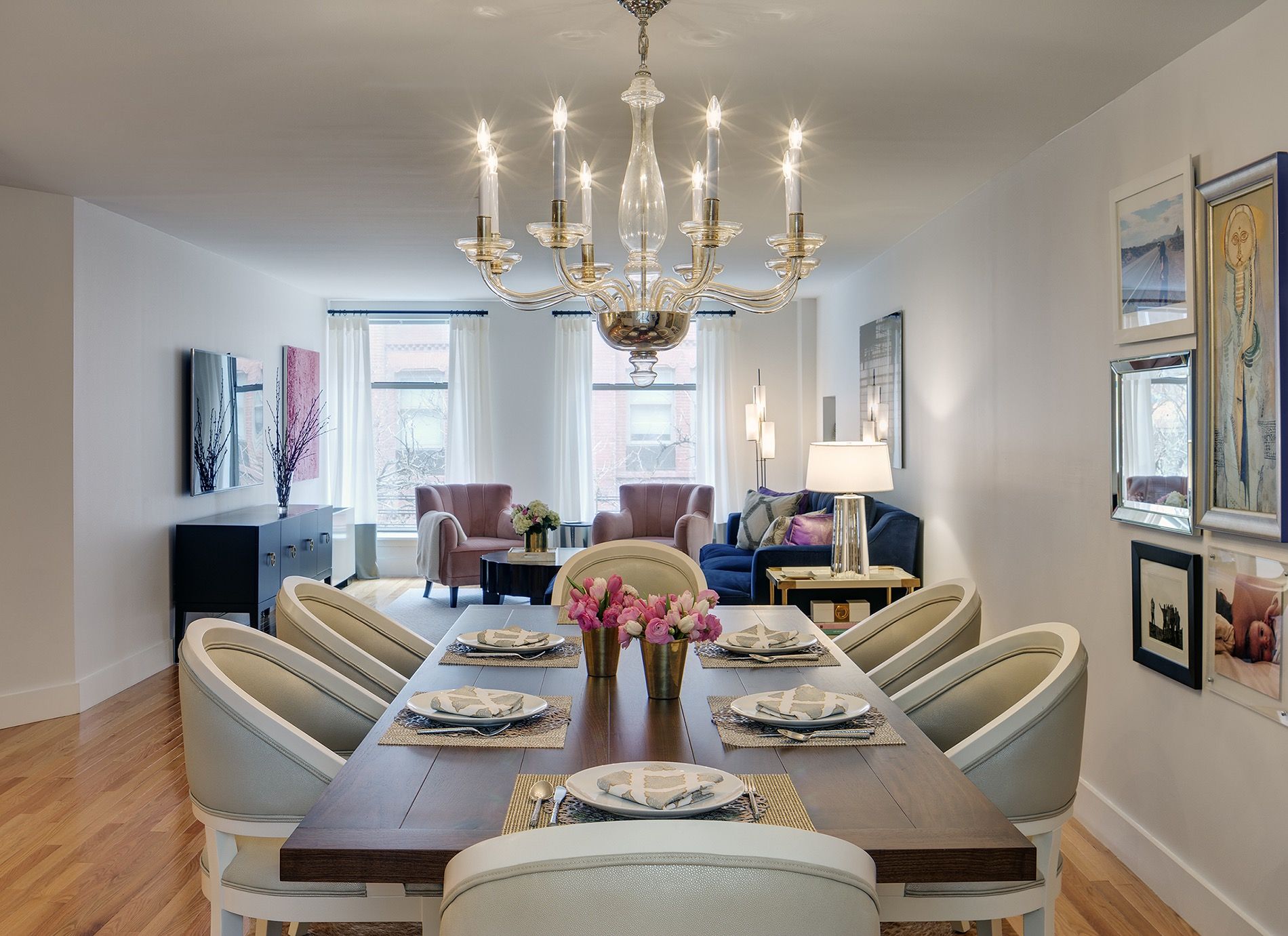
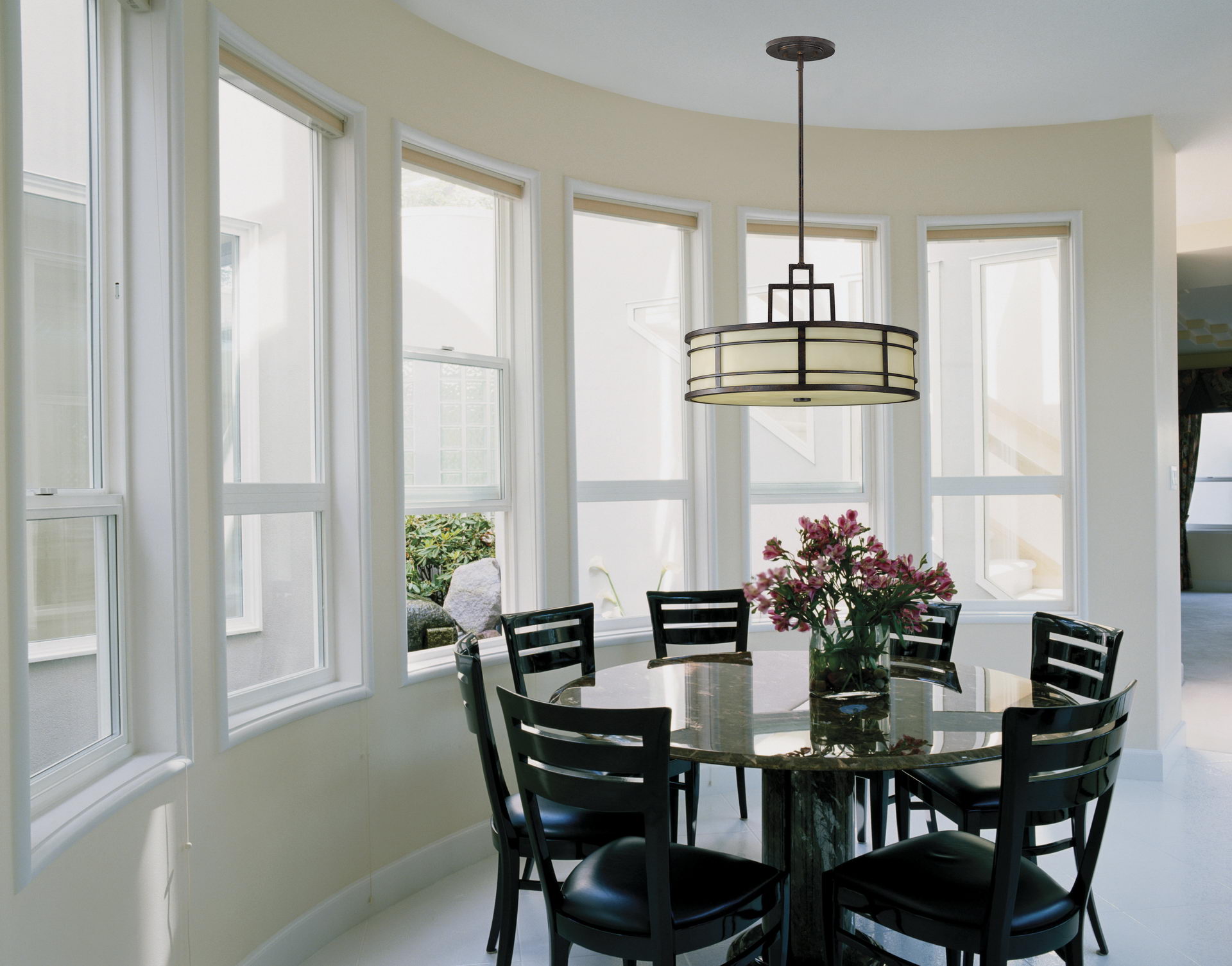








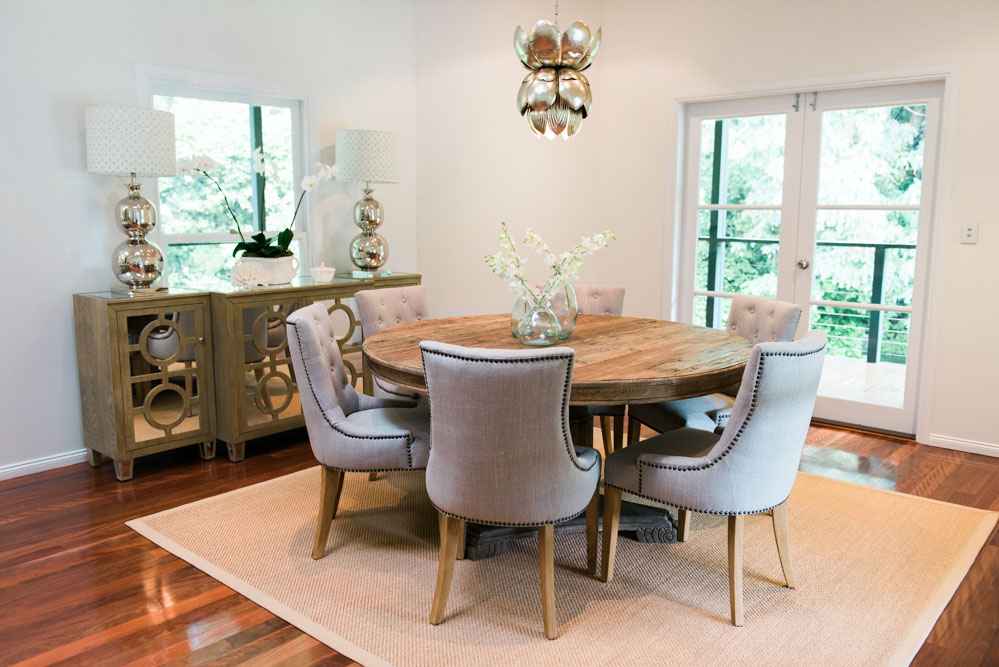





/orestudios_laurelhurst_tudor_03-1-652df94cec7445629a927eaf91991aad.jpg)





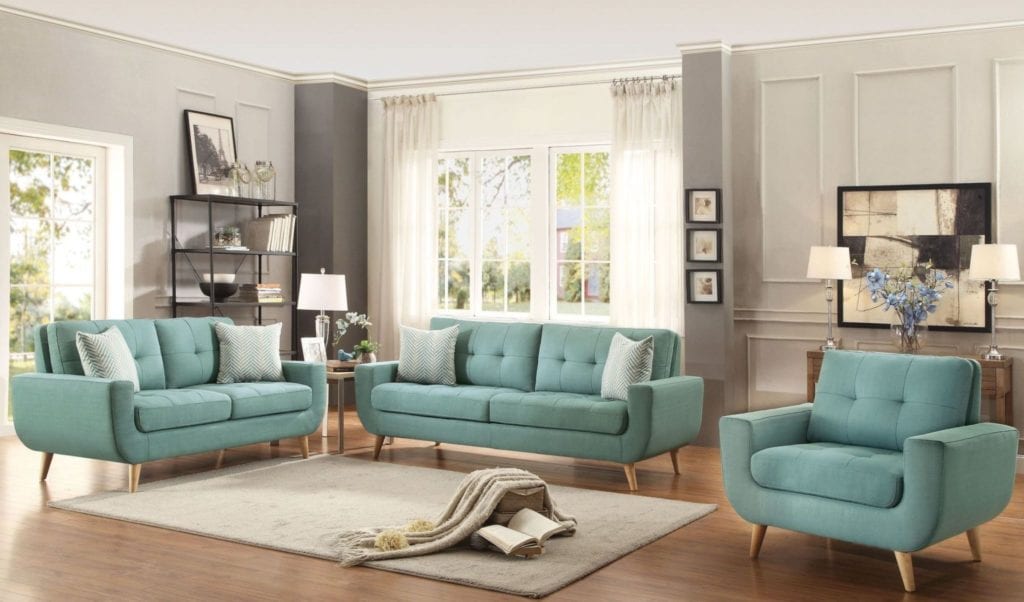








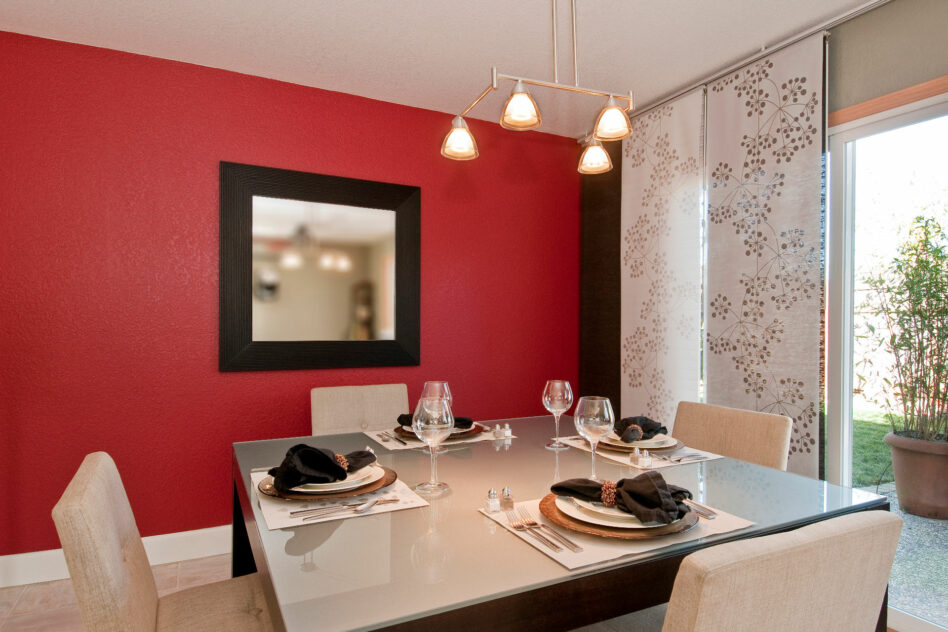



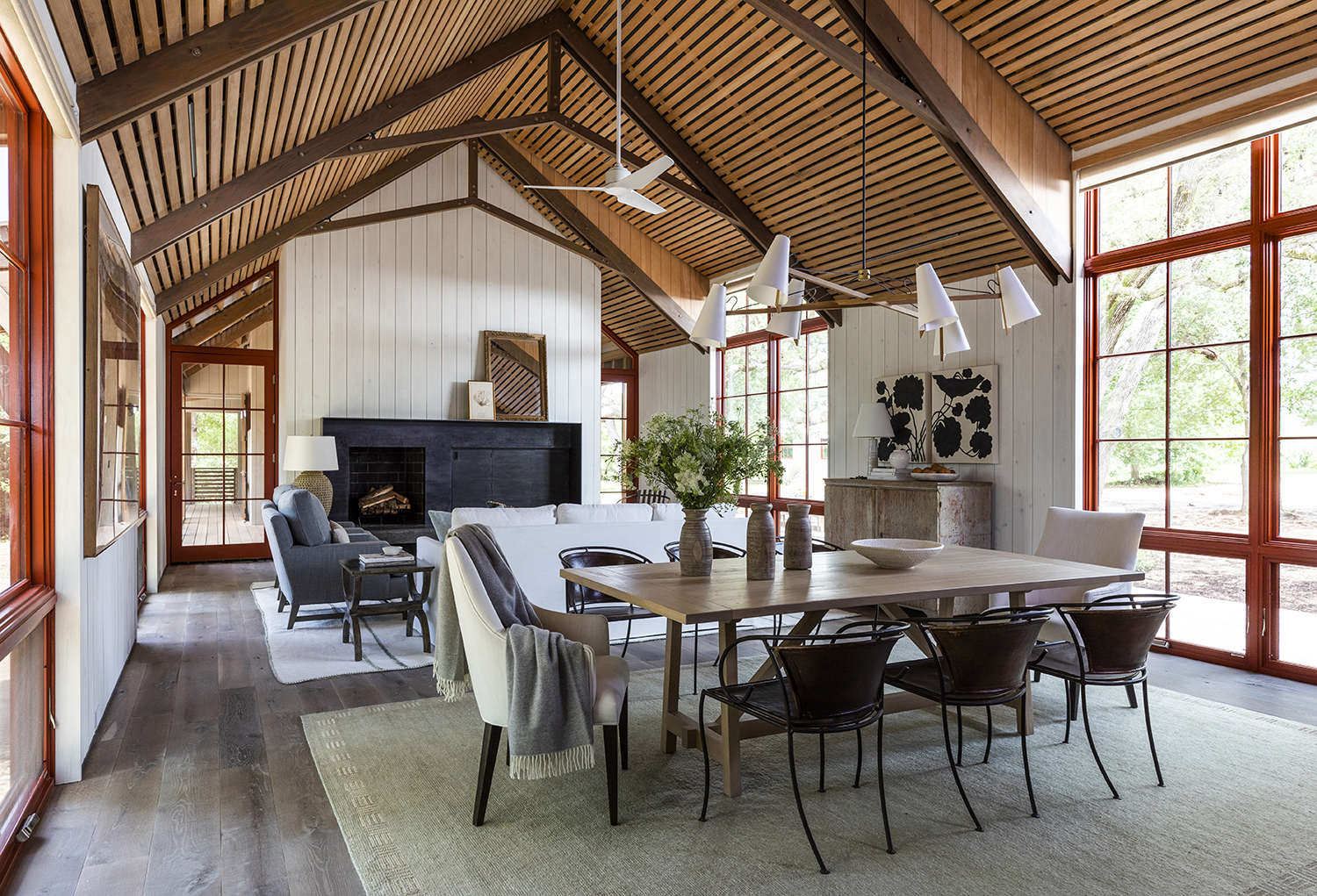
/fin-27-sputnick-light-fixture-5a51622a5b6e2400374955c3.jpg)
/dining-room-lighting-4157465-hero-28e9226fa7fb4f7e9f86a062ff22111c.jpg)
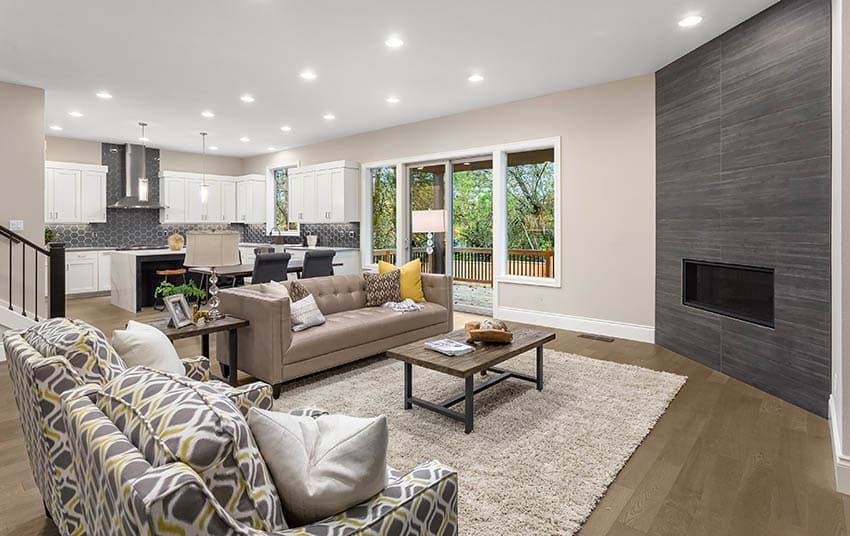
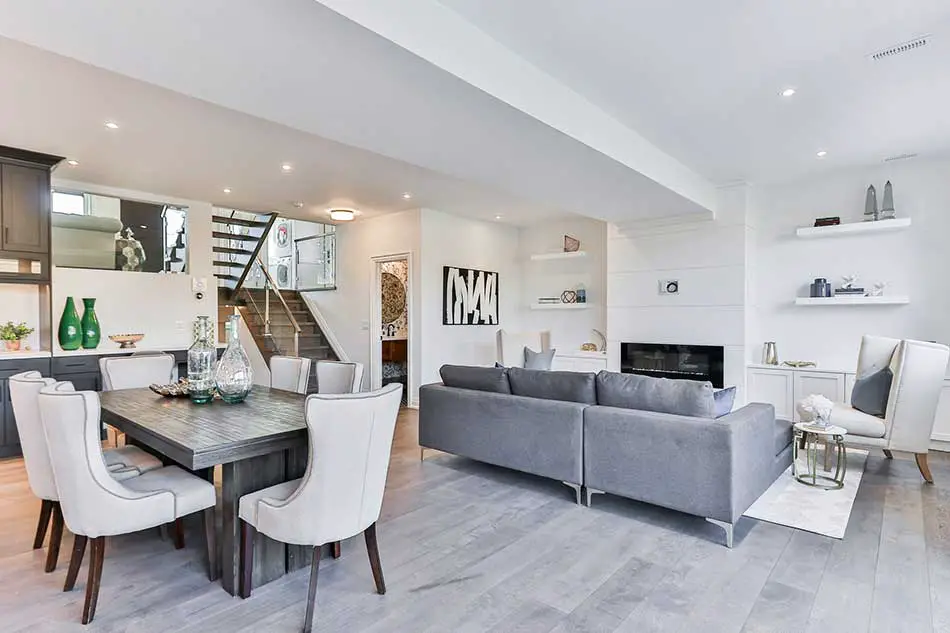
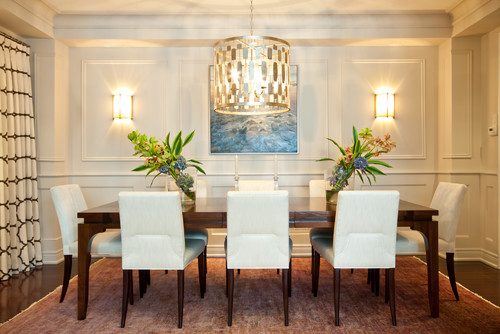






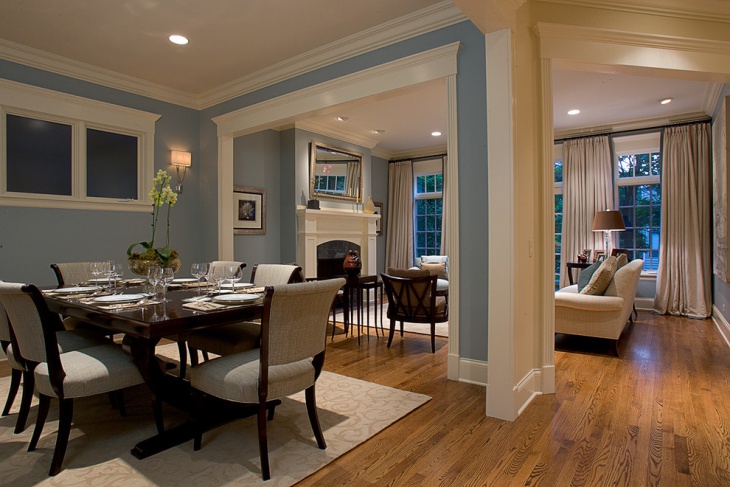
.jpg)





